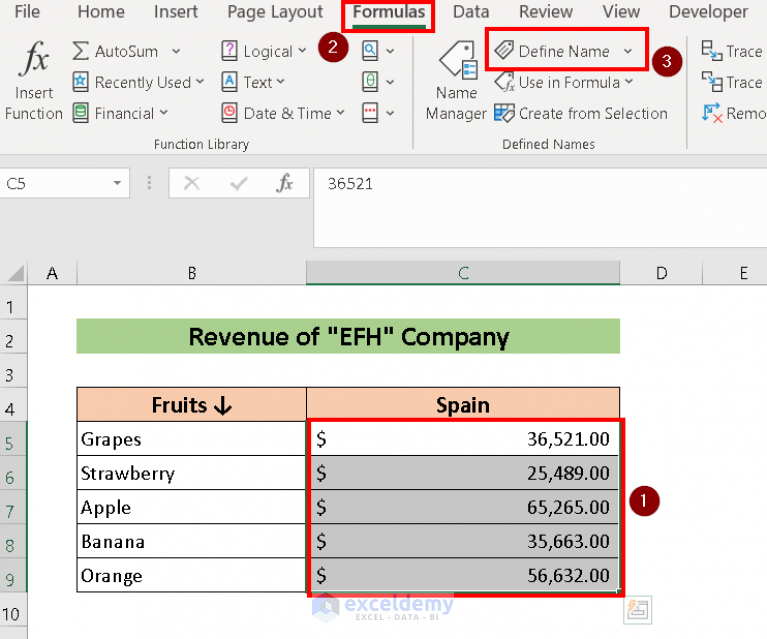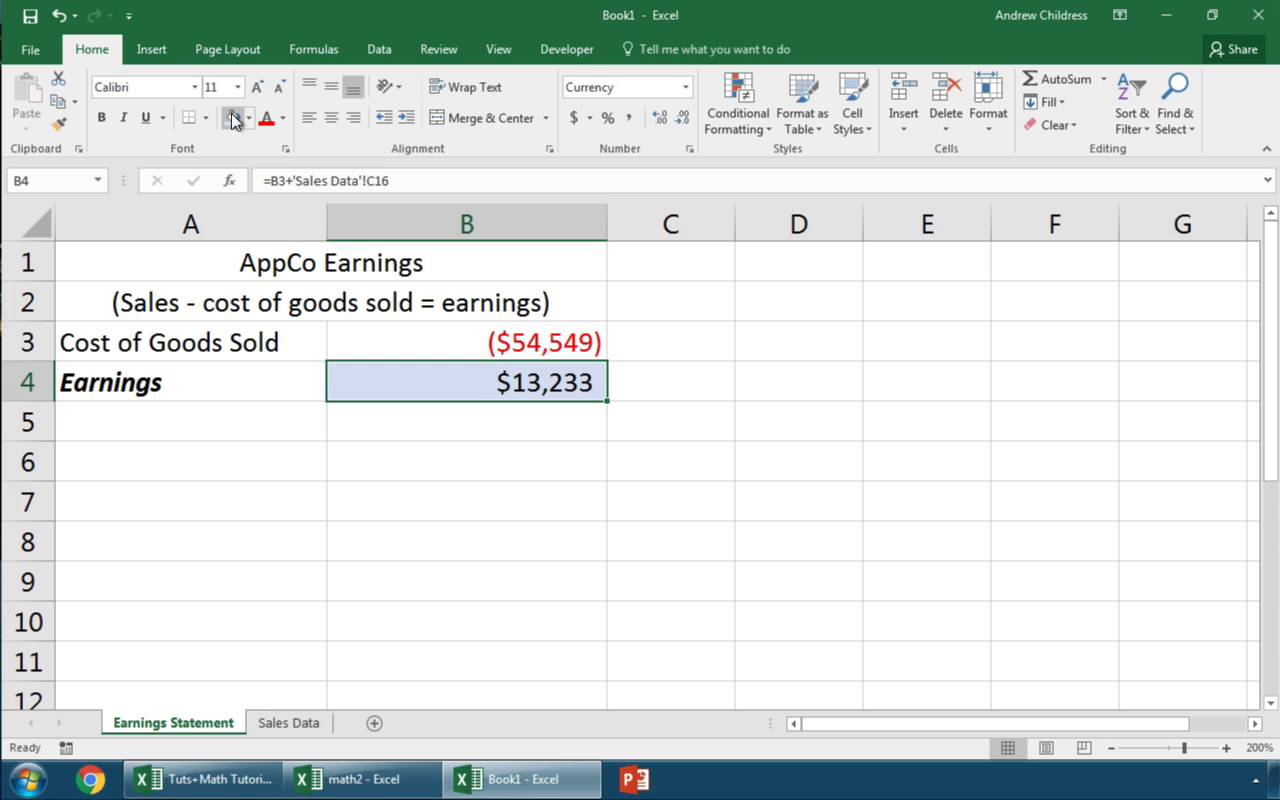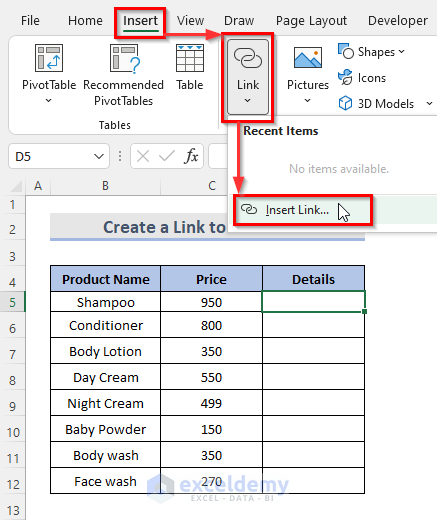Link Excel Sheets Easily: Master Workbook Connections

In the world of data management, Excel continues to be the go-to tool for many professionals across various industries. One of the many powerful features of Excel is its ability to link workbooks together, allowing you to create dynamic, interconnected systems of data that can greatly enhance efficiency and accuracy. This guide will delve into how to link Excel sheets easily, ensuring that you can master workbook connections with confidence.
Understanding Workbook Linking

Before you begin linking workbooks, it’s essential to understand what workbook linking means and why it is beneficial:
- Consolidation: Combine data from different sources into a single report or dashboard.
- Automation: Automate updates by setting up links that refresh data automatically from source sheets.
- Data Integrity: Ensure consistency and accuracy by using links rather than manual data entry.
- Collaboration: Share data dynamically with team members working on different aspects of a project.
Step-by-Step Guide to Linking Excel Sheets

Let’s go through the process of linking Excel sheets step by step:
1. Prepare Your Workbooks

Ensure all the workbooks you intend to link are saved and closed to prevent any locking conflicts:
- Open the source workbook containing the data you want to reference.
- Check that the workbook is saved in a location accessible to all workbooks that will link to it.
2. Establishing Links

Here’s how to establish a link:
- In the destination workbook, select the cell where you want the linked data to appear.
- Press F2 or double-click to start entering a formula in that cell.
- Type
=followed by the file path or name of the source workbook enclosed in square brackets, e.g.,[SourceWorkbook.xlsx]. - Navigate through the workbook by selecting the sheet and cell reference, e.g.,
Sheet1!A1. - Press Enter to confirm the formula. You should see the data from the source workbook appear.
🔗 Note: Links are sensitive to file paths. If the source workbook moves, the links will break unless the path remains consistent.
3. Managing Linked Workbooks

Once you have your workbooks linked, consider these tips for management:
- Open Linked Workbooks: When opening a workbook with links, Excel will prompt to open linked documents. Ensure these are accessible.
- Editing Links: Use Data > Edit Links to update, change, or break links.
- Update Frequency: Links can be set to update automatically or upon user request to reflect changes in the source data.
Advanced Linking Techniques

Here are some advanced techniques to elevate your Excel linking skills:
1. Using Named Ranges

Named ranges make your links more readable and dynamic:
- Create named ranges in your source workbook for easier reference.
- Link to these ranges for automatic updating when the range size changes.
2. Hyperlinking for Navigation

Hyperlinks can also be used to navigate between workbooks or to specific locations within a workbook:
- To insert a hyperlink, right-click the cell or object, choose Hyperlink, and select the destination.
- Use this for quick navigation to linked workbooks or sections.
3. Using Vlookup with Linked Workbooks

Linking data through VLOOKUP or similar lookup functions can save time and reduce errors:
- Set up your source data with unique identifiers.
- Use VLOOKUP in your destination workbook to retrieve linked data dynamically.
Common Pitfalls and Solutions

Be aware of these common issues when linking Excel sheets:
- File Path Changes: Links break if the source workbook moves or is renamed. Use relative paths or network locations to mitigate this.
- Excel Version Compatibility: Ensure all users have compatible versions of Excel to avoid issues with formula syntax.
- Link Refresh Errors: Sometimes links fail to update due to permissions or network issues. Ensure network paths are accessible.
In conclusion, linking Excel sheets is a powerful feature that can greatly enhance your data management capabilities. By mastering workbook connections, you can automate data flow, reduce manual input, and ensure data integrity across multiple spreadsheets. Keep in mind the importance of managing file paths, understanding Excel's versioning nuances, and maintaining consistent update schedules to avoid common pitfalls. With practice, you'll find linking Excel sheets to be a time-saving and error-reducing technique, leading to better data management and analytical outcomes.
How do I ensure my links are always up to date?

+
Set your links to update automatically by going to File > Options > Formulas and selecting ‘Automatic’ for Workbook Calculation.
What happens if I rename or move the source workbook?

+
If the source workbook is renamed or moved, all links will break. Use relative paths or network locations to minimize this risk.
Can I link data from Excel to another software?

+
Yes, many software applications support importing or linking Excel data through CSV, XML, or direct Excel file imports.



